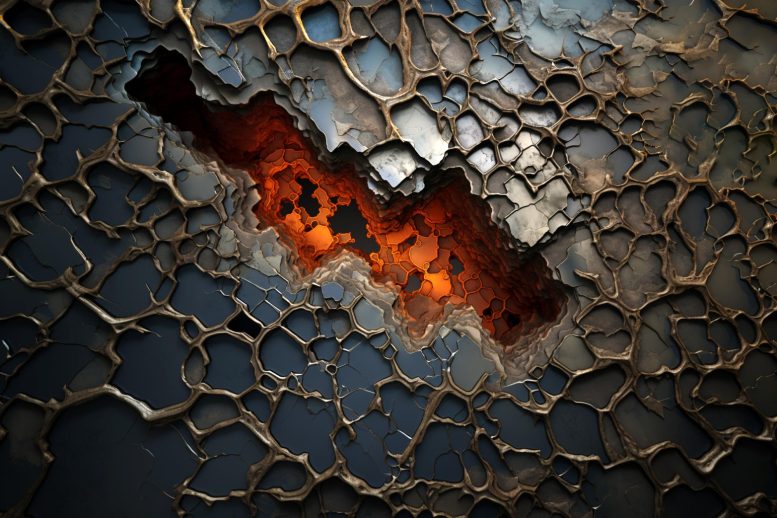
For the first time, scientists have observed metal spontaneously healing its microscopic cracks, a phenomenon that contradicts conventional material theories and opens a new frontier in engineering and materials science. (Artist’s concept.)
Microscopic cracks vanish in experiments, revealing possibility of self-healing machines.
In a groundbreaking discovery, scientists have for the first time observed metal spontaneously healing its microscopic cracks, upending traditional material theories. This observation could lead to self-healing machines, significantly enhancing their safety and lifespan. The phenomenon, confirming a theory proposed in 2013, may pave the way for an engineering revolution, though further research is necessary to fully understand its practical applicability.
Discovery of Self-healing Metal Phenomenon
For the first time, scientists have observed pieces of metal spontaneously cracking and then fusing back together. This groundbreaking observation contradicts long-held scientific theories and may pave the way for an engineering revolution. If the newly discovered phenomenon can be harnessed, the potential applications are wide-ranging and include self-healing engines, bridges, and airplanes that could autonomously repair damage caused by wear and tear, thereby enhancing their safety and longevity.
The discovery was made by a research team from Sandia National Laboratories and Texas A&M University. Their findings were described on July 19 in the journal Nature.
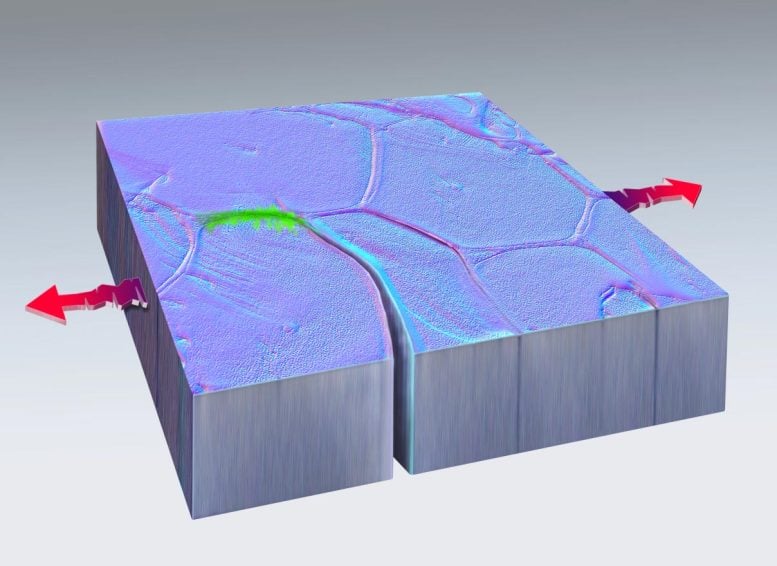
Green marks the spot where a fissure formed, then fused back together in this artistic rendering of nanoscale self-healing in metal, discovered at Sandia National Laboratories. Red arrows indicate the direction of the pulling force that unexpectedly triggered the phenomenon. Credit: Dan Thompson, Sandia National Laboratories
“This was absolutely stunning to watch first-hand,” said Sandia materials scientist Brad Boyce.
“What we have confirmed is that metals have their own intrinsic, natural ability to heal themselves, at least in the case of fatigue damage at the nanoscale,” Boyce said.
Implications for Fatigue Damage
Fatigue damage is a common cause of machine failure. This damage manifests as microscopic cracks which form due to repeated stress or motion. Over time, these cracks expand and propagate until eventually, the device breaks, or in scientific terms, it fails.
The fissure Boyce and his team saw disappear was one of these tiny but consequential fractures — measured in nanometers.
“From solder joints in our electronic devices to our vehicle’s engines to the bridges that we drive over, these structures often fail unpredictably due to cyclic loading that leads to crack initiation and eventual fracture,” Boyce said. “When they do fail, we have to contend with replacement costs, lost time and, in some cases, even injuries or loss of life. The economic impact of these failures is measured in hundreds of billions of dollars every year for the U.S.”
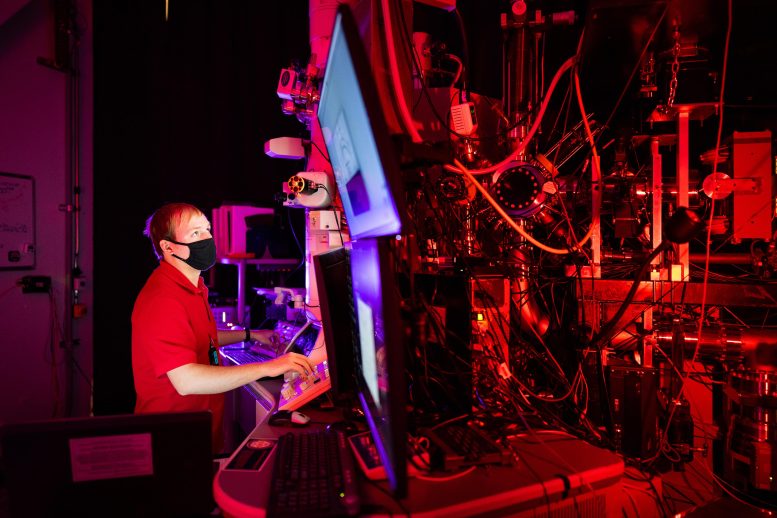
Sandia National Laboratories researcher Ryan Schoell uses a specialized transmission electron microscope technique developed by Khalid Hattar, Dan Bufford, and Chris Barr to study fatigue cracks at the nanoscale. Credit: Craig Fritz, Sandia National Laboratories
Revising Material Theory
While some self-healing materials, primarily plastics, have been developed by scientists, the concept of a self-healing metal has largely remained within the realm of science fiction.
“Cracks in metals were only ever expected to get bigger, not smaller. Even some of the basic equations we use to describe crack growth preclude the possibility of such healing processes,” Boyce said.
However, this long-standing notion started to be challenged in 2013 by Michael Demkowicz, then an assistant professor at the Massachusetts Institute of Technology’s department of materials science and engineering, now a full professor at Texas A&M. Demkowicz published a new theory, based on computer simulations, that under specific conditions, metals should be capable of welding shut cracks caused by wear and tear.
Unexpected Discovery and Its Confirmation
The confirmation of Demkowicz’s theory came inadvertently at the Center for Integrated Nanotechnologies, a Department of Energy user facility jointly operated by Sandia and Los Alamos national laboratories.
“We certainly weren’t looking for it,” Boyce said.
Khalid Hattar, now an associate professor at the University of Tennessee, Knoxville, and Chris Barr, who now works for the Department of Energy’s Office of Nuclear Energy, were running the experiment at Sandia when the discovery was made. They only meant to evaluate how cracks formed and spread through a nanoscale piece of platinum using a specialized electron microscope technique they had developed to repeatedly pull on the ends of the metal 200 times per second.
Surprisingly, about 40 minutes into the experiment, the damage reversed course. One end of the crack fused back together as if it was retracing its steps, leaving no trace of the former injury. Over time, the crack regrew along a different direction.
Hattar called it an “unprecedented insight.”
Boyce, who was aware of the theory, shared his findings with Demkowicz.
“I was very glad to hear it, of course,” Demkowicz said. The professor then recreated the experiment on a computer model, substantiating that the phenomenon witnessed at Sandia was the same one he had theorized years earlier.
Their work was supported by the Department of Energy’s Office of Science, Basic Energy Sciences; the National Nuclear Security Administration and the National Science Foundation.
Future Research and Unknowns
A lot remains unknown about the self-healing process, including whether it will become a practical tool in a manufacturing setting.
“The extent to which these findings are generalizable will likely become a subject of extensive research,” Boyce said. “We show this happening in nanocrystalline metals in vacuum. But we don’t know if this can also be induced in conventional metals in air.”
Yet for all the unknowns, the discovery remains a leap forward at the frontier of materials science.
“My hope is that this finding will encourage materials researchers to consider that, under the right circumstances, materials can do things we never expected,” Demkowicz said.
Reference: “Autonomous healing of fatigue cracks via cold welding” by Christopher M. Barr, Ta Duong, Daniel C. Bufford, Zachary Milne, Abhilash Molkeri, Nathan M. Heckman, David P. Adams, Ankit Srivastava, Khalid Hattar, Michael J. Demkowicz and Brad L. Boyce, 19 July 2023, Nature.
DOI: 10.1038/s41586-023-06223-0

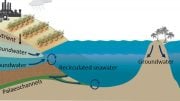

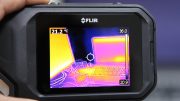
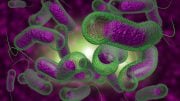


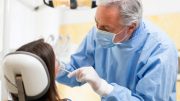

Article is pretty superficial. What do they think cause a crack to heal? There has to be a driving force behind this.
Probably they have no idea. The article is about an accidental discovery, nothing more,nothing less.